How to Fix “Installation Error Code: P206” on Creative Cloud Installer?
Many Adobe users using different Adobe products like Adobe Acrobat Reader, Adobe Photoshop, etc. started to see an error code P206 when installing or launching the application. Although the issue is reported on Windows and Mac versions of the Adobe suite of applications, the major chunk of users belonged to Windows 7. For some users, the error occurred while installing an Adobe application, whereas, others reported seeing the error when launching an Adobe application that was working fine previously (usually, after an application or OS update).
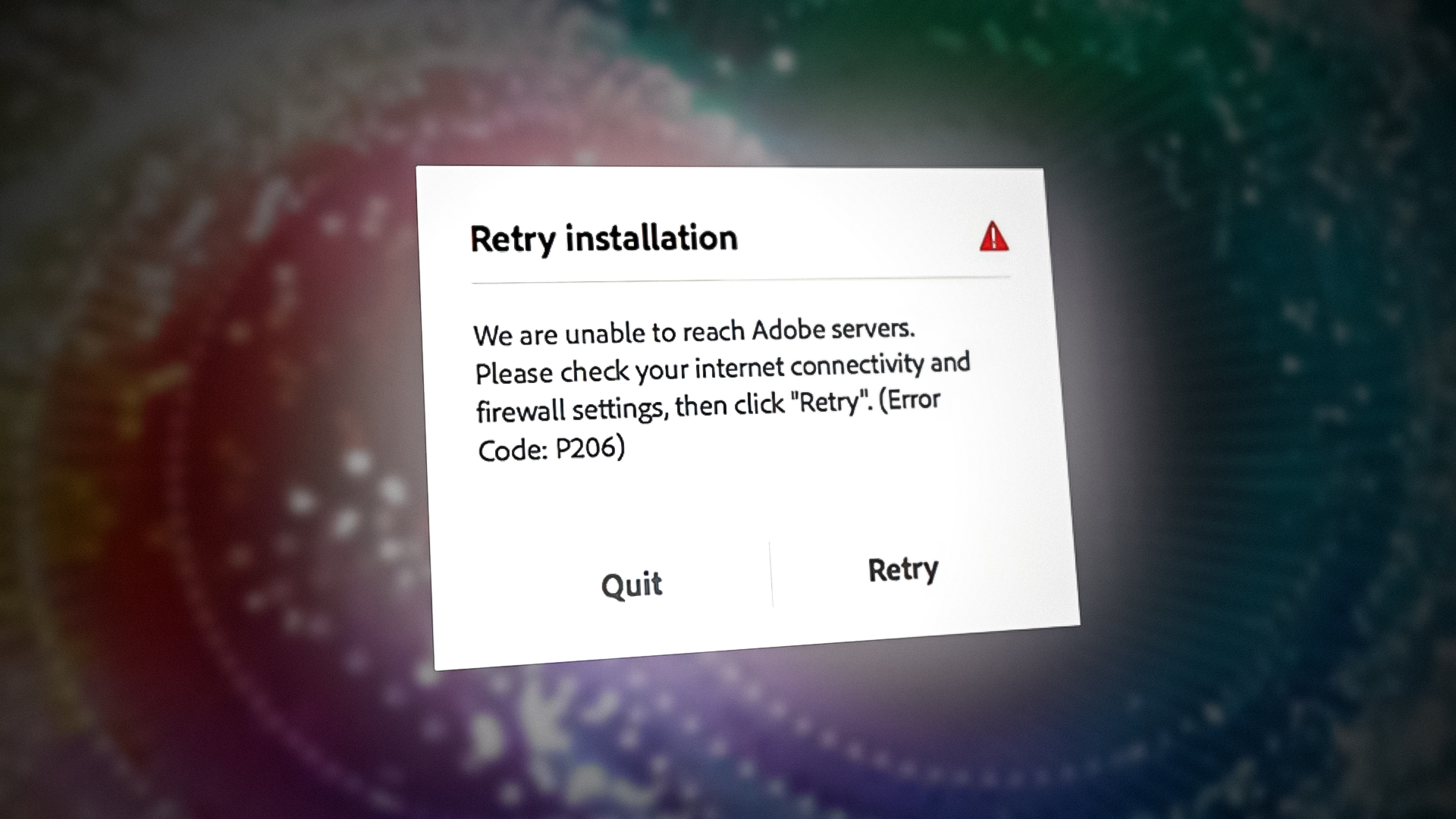
Here are some of the causes why this issue occurs:
- Interference from the System’s Antivirus or Firewall: An Adobe application may show the error code P206 when being installed or launched if the system’s antivirus/firewall is hindering the application’s access to a resource essential for the Adobe product.
- Disabled TLS 1.2 on a Windows 7 PC: Adobe has made it mandatory for its applications to use TLS 1.2 protocol to communicate with the Adobe servers. Many Windows 7 users do not have TLS 1.2 protocol enabled and that can be the reason for the P206 error on the Adobe application.
- Corrupt Windows User Profile of the System: If a user’s profile on a Windows system is corrupt, then the Adobe application’s inability to access a file/directory essential for the application may result in the Adobe error code P206.
- Corrupt Installation of the Adobe Application: A user may face error P206 with an Adobe application if its installation has gone corrupt as the application fails to load its essential modules in the system’s memory.
Enable the TLS 1.2 Protocol on a Windows 7 PC
A Windows 7 user may encounter error code P206 with an Adobe application as the Windows 7 does not natively support TLS 1.2 which is now essential for the operation of Adobe applications. In this scenario, a user may fix the error by enabling the TLS 1.2 protocol on a Windows 7 system.
Warning:
Advance with utmost care as editing a system’s registry is a skillful task and if anything goes wrong, you may damage the system and expose it to threats.
- Click Windows, search for Registry Editor (or RegEdit), right-click on it, and select Run as Administrator.
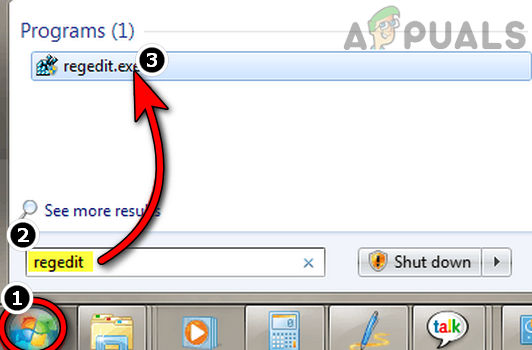
Open Registry Editor as Administrator on a Windows 7 PC - Now navigate to the following path:
HKEY_LOCAL_MACHINE\SOFTWARE\Microsoft\Windows\CurrentVersion\Internet Settings\WinHttp
- Now, in the left pane, right-click on WinHttp and select New>> DWORD (32-bit) Value.
- Then name the key as DefaultSecureProtocols and double-click on it.
- Now select the radio button of Hexadecimal (under Base) and enter the value of a00.
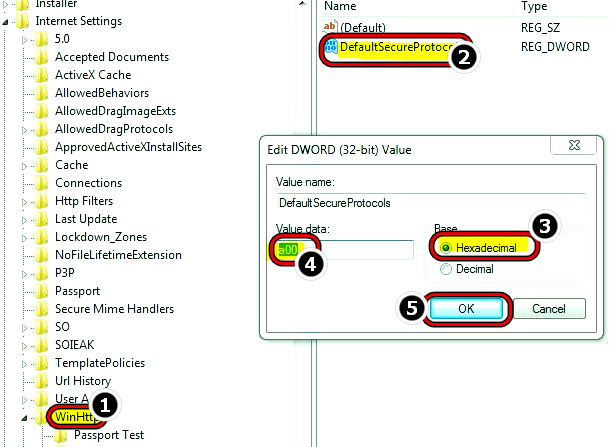
Create a DefaultSecureProtocols Hexadecimal Value in WinHTTP Registry Key - Then, in the case of 64-bit OS, navigate to the following path:
HKEY_LOCAL_MACHINE\SOFTWARE\Wow6432Node\Microsoft\Windows\CurrentVersion\Internet Settings\WinHttp
- Now add a DefaultSecureProtocols with the value of a00 (as discussed above) and close the Registry Editor.
- Now restart the system and upon restart, check if the Adobe application is clear of the error p206.
- If that did not work, launch a web browser and download the TLS Easy Fix from the Official Microsoft link.

Download TLS 1.2 Easy Fix for Windows 7 from the Microsoft Website - Once downloaded, launch it as administrator and follow the prompts to apply the fix.
- Once done, restart the system and upon restart, check if the Adobe error code P206 is cleared.
Disable the System’s Antivirus or Firewall
If the system’s Antivirus or Firewall is blocking the Adobe application’s access to a resource essential for the product’s operation, then that may cause the Adobe error code 206. In this scenario, disabling the system’s antivirus or firewall may clear the Adobe error. For illustration, we will discuss the process of disabling ESET Internet Security.
Warning:
Proceed at your own risk as disabling a system’s security application may expose the system, network, or data to threats.
- Expand the system’s tray (near the clock) and right-click on ESET Internet Security.
- Now select Pause Protection and click Yes if a User Account Contorl (UAC) prompt is shown.

Download TLS 1.2 Easy Fix for Windows 7 from the Microsoft Website - Then select the period to disable the ESET protection (like 10 minutes) and again, right-click on ESET in the system’s tray.
- Now select Pause Firewall and then confirm to pause the ESET Firewall.
- Then launch the Adobe application and check if it is clear of the P206 error.
- If that fails, check if using the Adobe Creative Cloud Installer app (not the standalone installer) to install the problematic Adobe application clears the error P206.
- If the issue persists, check if trying another network (like a phone’s hotspot) clears the Adboe error.
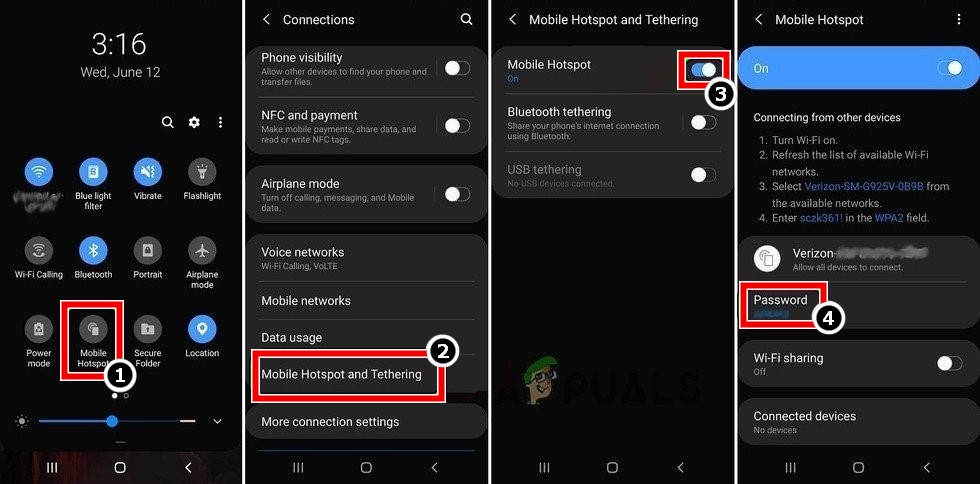
Enable Hotspot of Your Phone
Create a New User Profile on a Windows System
A Windows user might face the error code P206 on an Adobe product if his user profile on the PC is corrupt as the application may fail to access the OS components essential for the application’s operation. In this scenario, creating a new user profile on the Windows system may clear the Adobe error at hand.
- Create a new user profile on the Windows system (make sure and administrator account) and log out of the current user profile.
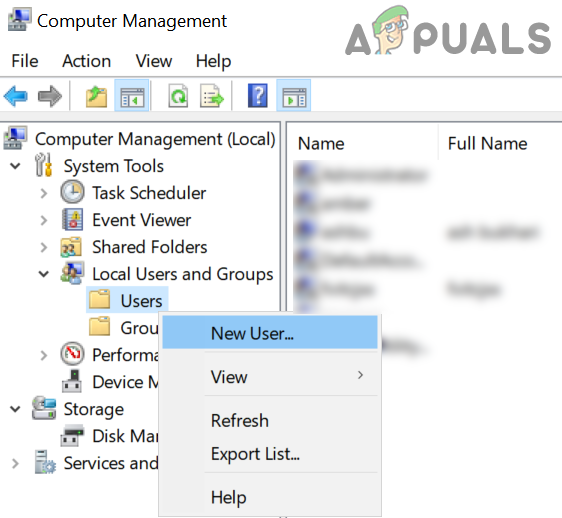
Create a New User in Local Users and Groups - Now log into the newly created Windows account and check if the problematic Adobe application is working fine in the new account. If so, then a user may perform the tedious task of moving data from the old Windows account to the new one.
If that fails, then reinstalling the Adobe application (if the issue is occurring with an installed Adobe application) may clear the error.




